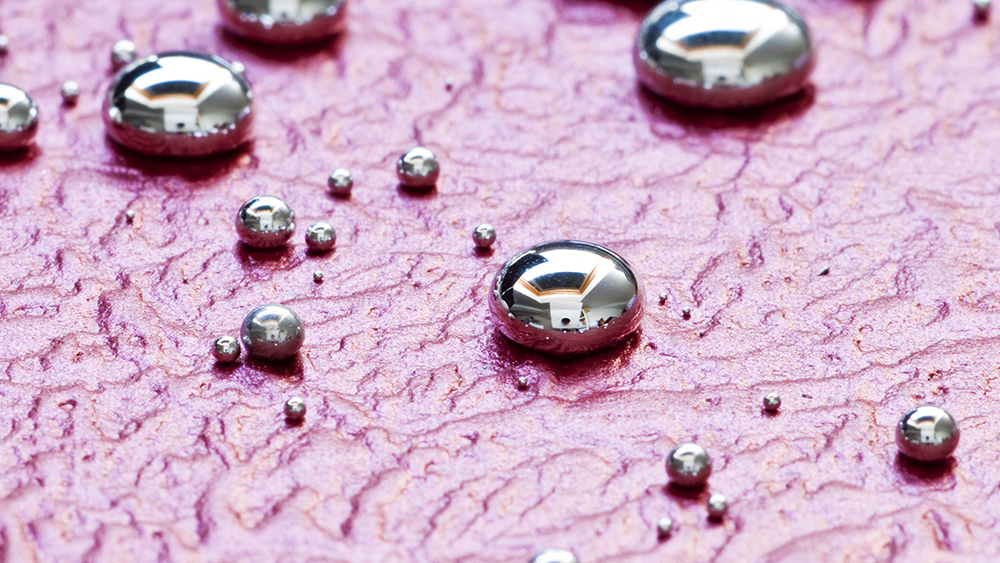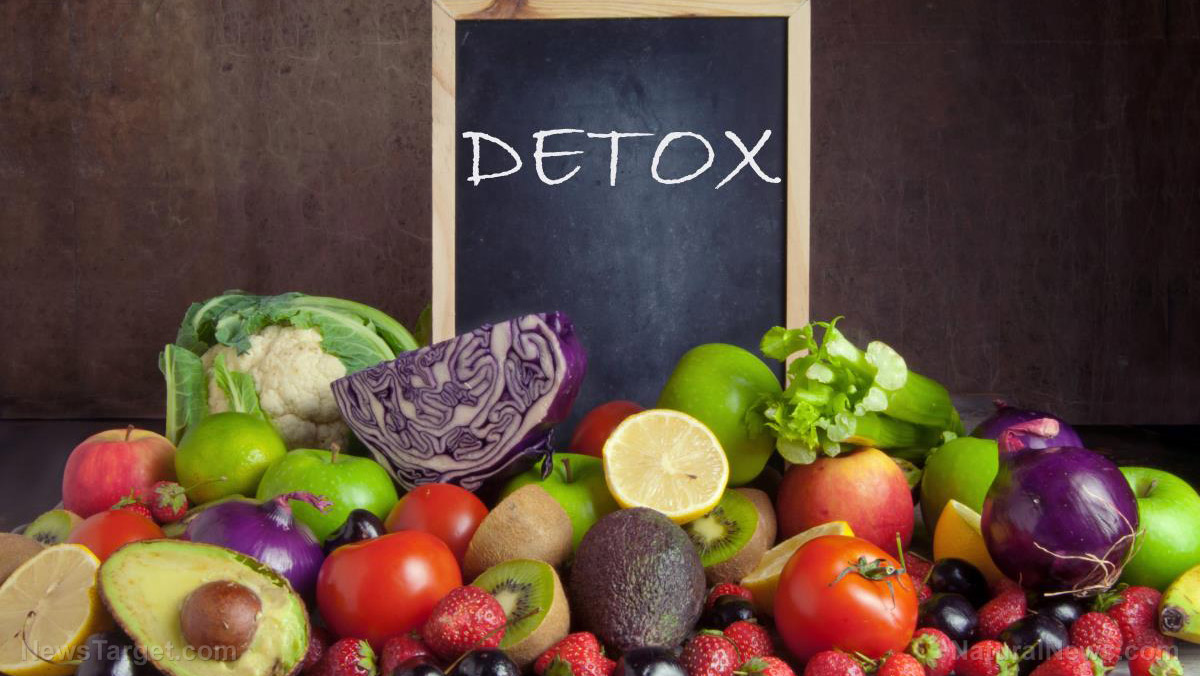Chemists finally identify the molecule responsible for a carcinogen in recycled wastewater
06/09/2018 / By Edsel Cook

Thanks to a recent study by California-based chemists, recycled water may become much safer for consumption. The researchers announced that they have tracked down the specific chemical molecule responsible for the creation of a highly potent carcinogen in treated wastewater, according to a ScienceDaily article.
Formally known as N-nitrosodimethyalmine, NDMA is a cancer-causing byproduct of the wastewater treatment process. Environmental researchers conducted several studies into the chemical process that created it, but they came up with conflicting results.
Unable to agree which finding was the correct one, the experts were unable to recommend an intervention method for adoption.
Researchers from the University of Southern California Viterbi School of Engineering decided to resolve this uncertainty. They published their findings in the scientific journal Environmental Science and Technology.
Researchers confused by two possible sources of NDMA contamination
According to the study’s primary author, Meredith Huang, water recycling gained traction following California’s problems with drought and floods. Unfortunately, wastewater treatment also produced NDMA, which defeated the purpose of disinfecting the water.
During the 90s, recycled wastewater that was being discharged into local drinking water sources turned out to have high concentrations of NDMA. Several laboratories investigated the cause of this contamination, but they were partly stymied by the potency of the carcinogenic chemical involved.
“The concentration of NDMA that we’re worried about is very, very low. So, three to four orders of magnitude lower in concentration because it’s just a super potent carcinogen,” explained Daniel McCurry, an assistant professor at USC Viterbi.
According to him, it is difficult to eliminate NDMA using other treatment methods. Instead, it is easier to find out what molecules formed it and eliminate those culprits before they form the carcinogen.
Laboratory analysis studies suggested that NDMA is formed by dichloramine, one of the chemicals used during chlorination. Accordingly, wastewater treatment plants reduced the amount of dichloramine in their chlorine mixtures.
In 2013, another possible culprit appeared. Toronto-based researchers reported that the chemical monochloramine created NDMA when it was chlorinated in wastewater conditions.
Monochloramine is used in pharmaceuticals such as the antacid Zantac. Many researchers came to believe it was solely responsible for creating NDMA, even though there were practical studies that verified dichloramine’s greater role in the carcinogen’s production.
“They came to the wrong conclusion because monochloramine and dichloramine are interconvertible. So, experimentally, it’s pretty hard to separate them,” McCurry explained. (Related: ICP-MS analysis of toxic elements (heavy metals) in 100 municipal water samples from across the United States.)
New study clarifies dichloramine as prime suspect in NDMA creation
The USC Viterbi team deliberately used much lower doses to prevent conversion between dichloramine and monochloramine. They applied various doses of the two chemical molecules to pharmaceutical precursors to find out which one was to blame.
To verify their tests, they used five precursor molecules and compared the results to a computer model. The model did not show a reaction from monochloramine, confirming dichloramine’s primacy as the cause of NDMA.
According to McCurry, increasing monochloramine did lead to more NDMA. But it was only because monochloramine turned into dichloramine, which then created the carcinogen.
The USC Viterbi team is not yet done with NDMA. Researcher Shiyang Huang is developing a computer model that can show the entire process by which the carcinogen forms from dichloramine.
“Our results are based on NDMA yield experiments that only consider the final products of the reactions. The exact pathway from precursors to NDMA has not been discovered yet,” said Huang.
Find out how to ensure the safety of your drinking water at CleanWater.news.
Sources include:
Tagged Under: carcinogen, chemicals, chlorine, clean water, drinking water, environment, recycled water, toxic chemicals, toxic water, treated water, wastewater treatment




















